
STAY INJURY FREE
WHAT MAKES UP A JOINT?
—Tendons, Fascia, Muscles, Ligaments, Bones.
Understanding what joints are and how they work is essential for keeping them healthy. There are 5 components to consider in the joints: tendons, fascia, muscles, ligaments, and bones.
They all work differently, but your practise and exercise will put stress on them. The way each element reacts and recovers depends on its respective properties and how you design your lifestyle for optimum recovery.
Muscles: the contractile tissues of the body. They produce the force, moving the joint by contracting and pulling through the tendons. They also absorb shock in the joint and cushion hard landings.
Fascia: a connective tissue inside and around muscle. Fascia is responsible for transferring around 80% of force from muscles, which exposes them to significant stress during exercise.
Tendons: the connection between muscle and bone. They are elastic but degrade through use and need to be repaired and strengthened with rest.
Ligaments: non-elastic tissues that connect bones. Easily stressed but slow to recover, with a limited blood supply.
Bones: the structural core of movement. Bones are stressed through repetitive action and susceptible to damage and degradation if you’re not recovering between workouts or practice.
These are the main areas you need to consider. You’re in control of the health of all five of these key areas. The balance between breakdown and repair comes from how much stress (exercise) you’re placing on them versus the recovery time and resources (nutrition) you’re giving them.
THE MAIN TYPES OF JOINT INJURY AND HOW TO IDENTIFY THEM
The injuries around these different tissues not only feel different; they are entirely different types of injury! It’s crucial to build familiarity with your body to understand what’s going on inside and distinguish the different kinds of injury.
Soreness and injury aren’t the same. You will experience regular, low-level soreness in response to both exercise and activity. Whether it’s gymnastic training, strength, or just an easy hike, use—especially novel use—may produce soreness. Injuries are a level above this basic discomfort.
Pain is a way for your body to communicate. You must listen.
Muscle Injury
Muscle injuries are likely something you are familiar with. They start with feelings of tension and tightness. For example, a pulled muscle provokes a dull tension that becomes sharp when we lengthen or use that muscle section.
You can usually identify that it’s a muscular injury by where you feel it. If it’s further away from the joint and towards the ‘muscle belly’, it’s probably muscular. As you get closer to the joint and in the joint, the odds of muscular injury are lower—it’s more likely to be fascia or tendon injury.
If it’s a more severe type of muscle injury—like a tear—the pain should be sharp. Muscle tears become very painful when you stretch the muscle, as it lengthens and pulls on the break itself. You may experience some internal bleeding, which looks like a bruise.
Strength and control are precious tools to prevent injury—they’re also specific to joint angles and muscle lengths. You become stronger and safer in the particular movements and positions in which you train.
This means your injury risk is specific to the range you use. There are some positions that are riskier for your joints than others.
Injury risk is usually highest at end-range: the section of your range of motion at the extreme. These areas tend to be weaker and less-used, leaving them with less strength and control—the two key factors in injury risk.
Proper stretching and movement-quality practise are key. Mobility work is all about getting familiar with extreme positions—deliberate practise and stretching, specifically. The action of moving in that extreme range and combining it with isometric holds is great for preventing muscle injury.
Muscles recover quickly, and it’s relatively easy to repair them with proper rest, nutrition, and time. You need an ample supply of amino acids from high-quality proteins.
For active people, it is wise to supplement with collagen proteins since most healthy diets can’t fully supply the amino acids the body needs for recovery.
Light exercise and movement can also help relieve the tension and improve the blood flow to a muscular injury, speeding its recovery.
Tendon Injury
Tendon injury is more of a long-term problem than muscular injuries. There are two types of tendon injury: sharp, short-term damage and the grinding feeling of degeneration from overuse.
Short- and long-term injury may overlap. Degeneration puts you at increased risk of catastrophic injury, and ‘tweaks’ on the tendon can lead to degeneration. Tendon injuries feel like stubborn ‘strains’ that flare up with loaded movement. You’ll feel it in the joint, rather than the muscle itself, as the tendon is pulled between the muscle and bone. Ouch.
Tendon injury is also the most common mechanical injury. You will tend to find these problems where the muscle meets the tendon, ‘between’ the areas that feel like muscle and tendon.
Tendons become stronger and more resilient to injury through repeated loading. They’re like muscles, but they develop slowly and in response to impact and eccentric loading (the part of a movement where you’re moving with gravity).
Weighted stretching and regular tissue conditioning—a classic for gymnasts and acrobats—is perfect for tendon strengthening.
Ligament and Connective Tissue Injury
One of the scary things about damage to the ligaments and the joint capsule is that you might not notice it happening. They’re not as densely nerved as the muscles or tendons, so you can experience serious damage without perceiving it.
Injuries in ligaments and other joint tissues tend to be accompanied by inflammation or limited movement; a ‘blockage’. You may also experience locking in a joint. The inability to get your joint into a position either with or without pain—is a classic example of ligament or joint capsule injury.
Fortunately, ligaments are tough and require huge loads to be strained or torn. They become stronger through the same loading as muscles and tendons, but progress is slower. Lifestyle factors like sleep and nutrition are even more important for ligaments.
Bone Injury
It’s rare to cause real damage to bones since they’re so tough. However, it’s still possible to experience breaks through repetitive impact.
One common risk is the ‘grinding’ of bones: friction on the bone inside the joint. This friction is the result of poor care for the bones and connective tissues. Friction on the bones themselves is also the result of poor joint care:
- Chronic compression, reducing the space in the joint.
- Poor care for cartilage, leaving it thin and weak.
- Ineffective or insufficient stretching and mobility.
- Poor control over the muscles around the joint.
- Improper positions of the joint during loading.
Bone injuries are less common but fully debilitating. Unlike other injuries we can cope with, breaking a bone usually requires immediate medical assistance.
The development of grinding and inflammation type injuries only happens when many things have gone wrong. It requires you to over-use your collagenous tissues and under-recover consistently. Prevention starts with proper rest, recovery, and nutrition to support collagen-rich joint tissue.
Proper bone mineral density is necessary to keep bones strong and healthy. Eat a diet rich in calcium from foods like cultured dairy, high-quality pulses (like beans and chickpeas), spinach, and seafood. You should also get plenty of potassium, also found in pulses, nuts, seeds, and spinach.
A randomized, placebo-controlled double-blinded investigation found that supplementation with 5 g of specific collagen peptides significantly increases bone mineral density of the lumbar spine in postmenopausal women[1].
Nerve injuries
Nerve injuries can arise out of compression, over-stretching, or over-use. They feel like a stabbing or fizzing pain, and they tend to radiate out and away from the spine. They are common problems in trapped nerves or poor joint health in the spine, especially.
Preventing nerve pain begins with controlling the compression of the spine—where nerves start. Proper core control and regular decompression through stretching are essential. It allows you to reduce the risk of trapped nerves and bulging of spinal discs.
Simple exercises like straddle stretching, stall bar lower back stretches, and even hanging exercises are great for decompressing your spine. Hanging core exercises—like strict leg raises—are also great for developing core control, making them doubly effective.
You can also practice nerve stretching and mobilisations. They are meant to help the nerve move within its ‘sheath’, freeing up nerve movement and reducing injury risk. Examples like the hamstring and foot mobilisation are to relieve such nerve pain.
Nerve injury is also complicated and dangerous. You should see a medical professional if you experience anything you think might be nerve pain.
PREVENTION: STRETCH AND CONTROL
A simple rule: You should loosen off anything tight and strengthen anything weak.
Firstly, you want to reduce the amount of compression, tightness, and movement restriction around a joint. A well-structured stretching program should help decompress joints, reduce tightness, and help ease off any demanding muscles that pull your joint out of its perfect position. It often involves stretching out the muscles that are tight as they pull joints towards them. This reactive misalignment places stress on the other side of the joint and increase the risk of injury. Second, you want to build strength and control in those vulnerable ranges, particularly end-ranges. With the variety of extreme positions used in circus art, yoga, contortion, dance, gymnastics, and acrobatics, mobility needs to be paired with strength.
As mentioned before, you will develop strength and control with practice. However, being deliberate about building up these most extreme ranges will save you injuries and lost practise-time—weeks, months, years—down the road.
FINAL THOUGHTS
Joints are under a lot of pressure with exercise, and the combination of mobility and deliberate control helps you care for them.
Make sure you’re ahead of the problem by understanding the different components of your joints and identify an injury before it’s too serious. Knowing your body, lifestyle and nutrition—including supplementation—are your best tools for conserving healthy joints.
REFERENCES
[1] Specific Collagen Peptides Improve Bone Mineral Density and Bone Markers in Postmenopausal Women—A Randomized Controlled Study https://www.ncbi.nlm.nih.gov/pmc/articles/PMC5793325/



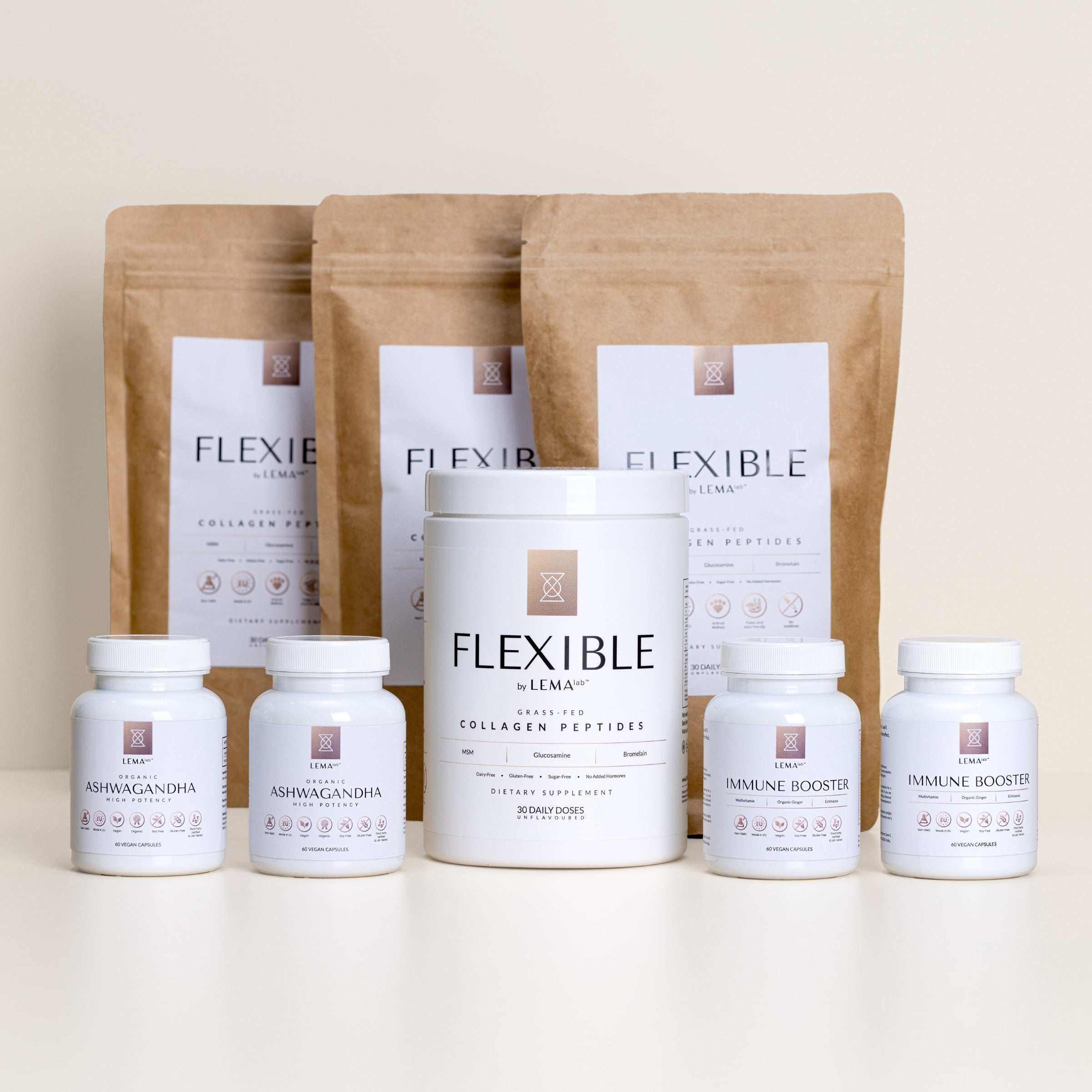
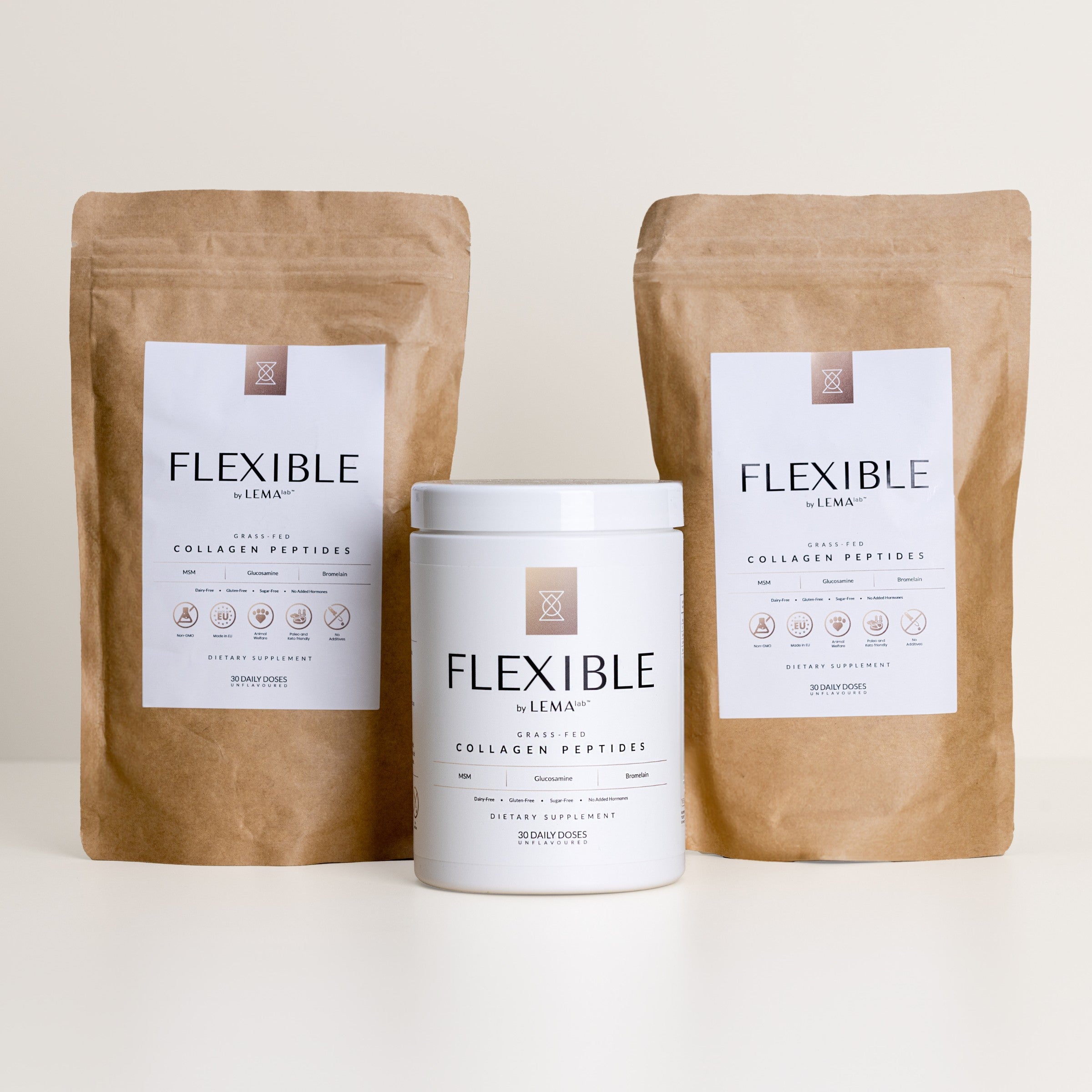

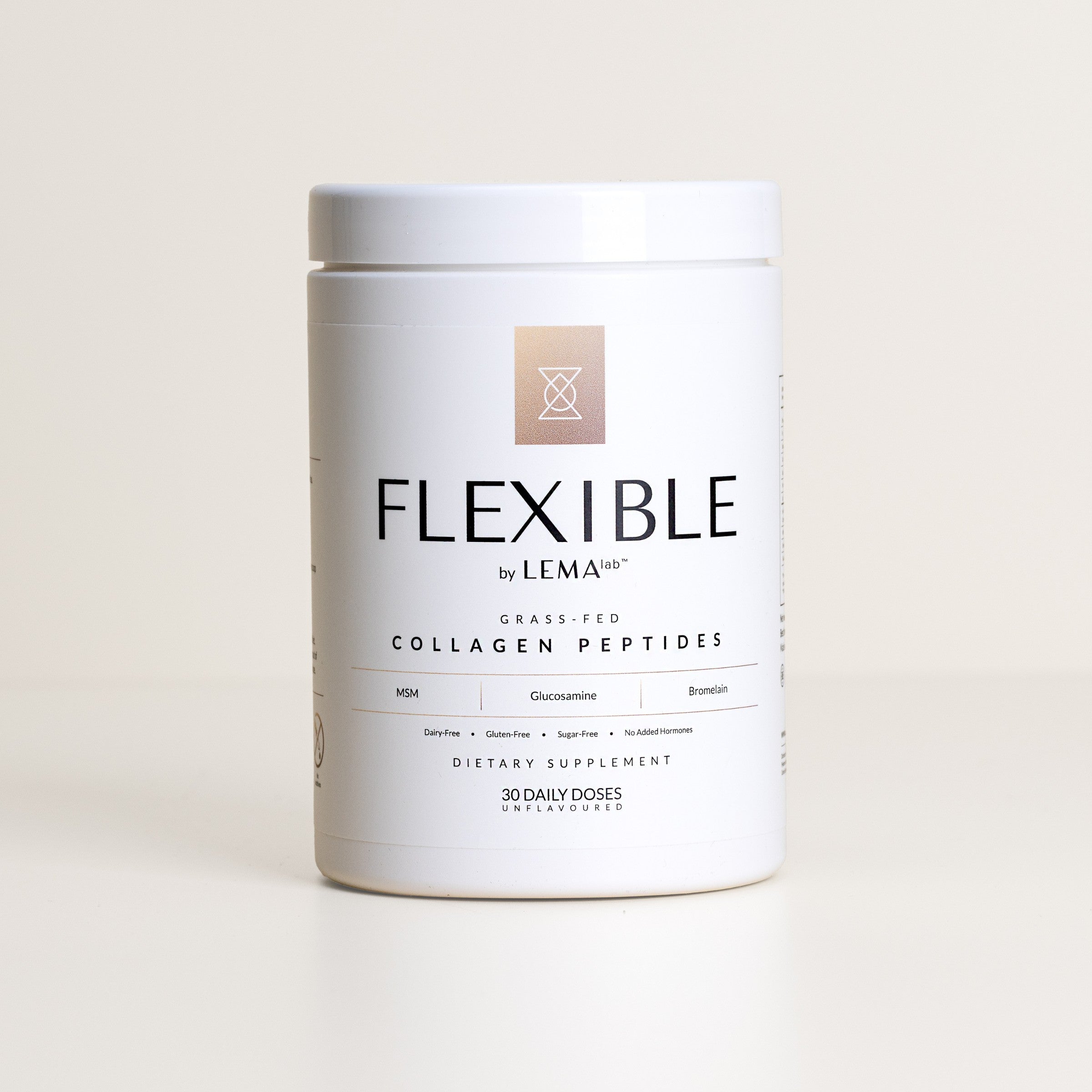
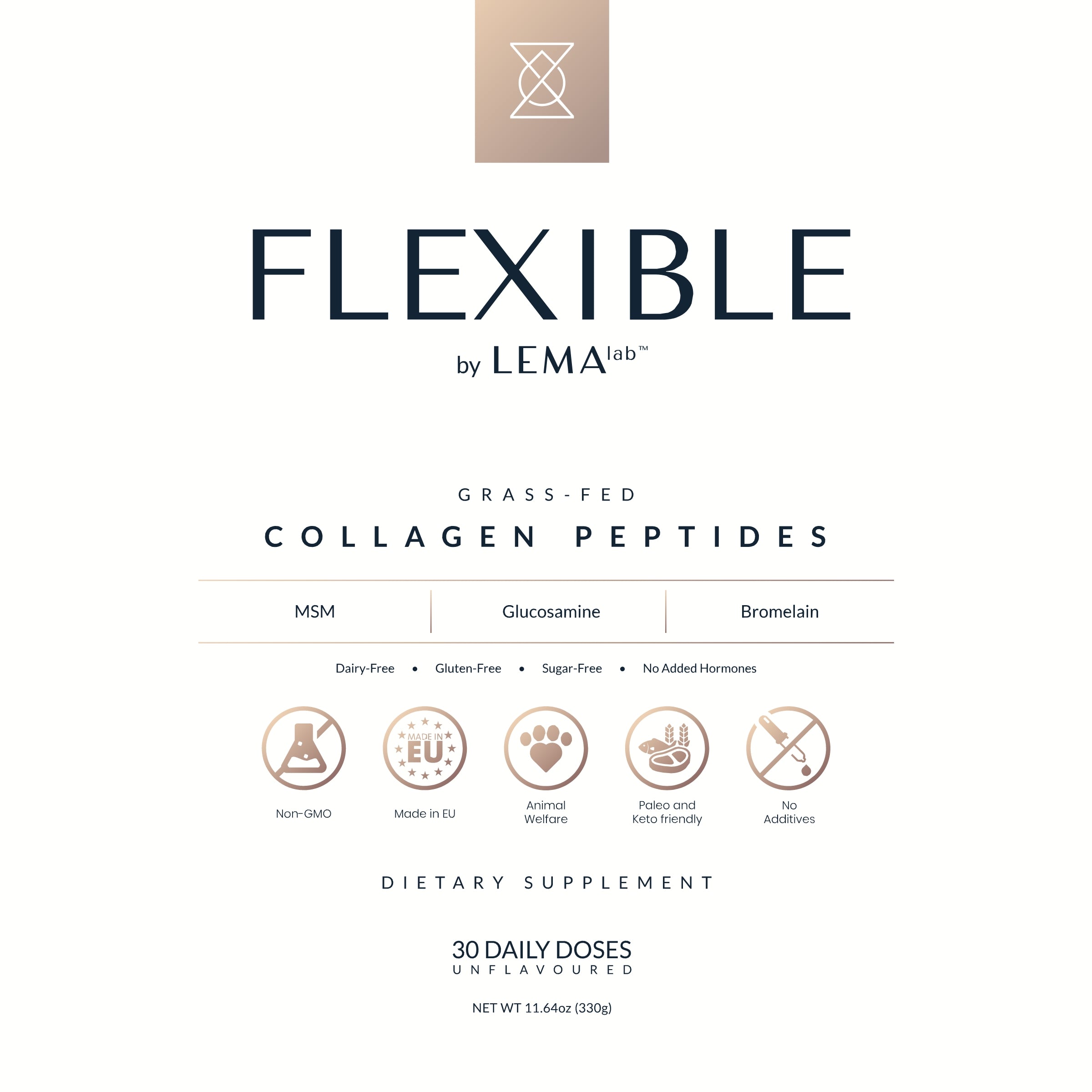
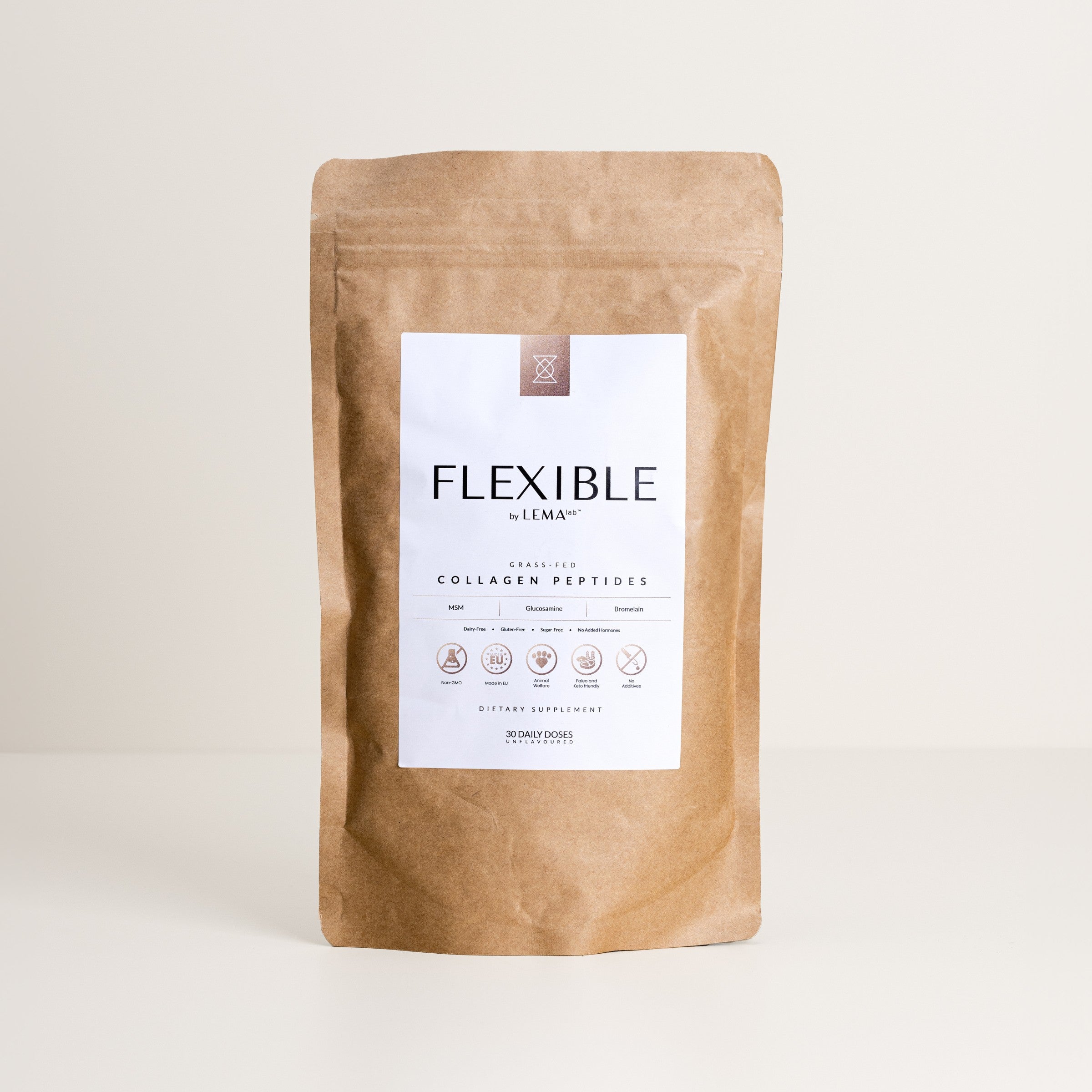
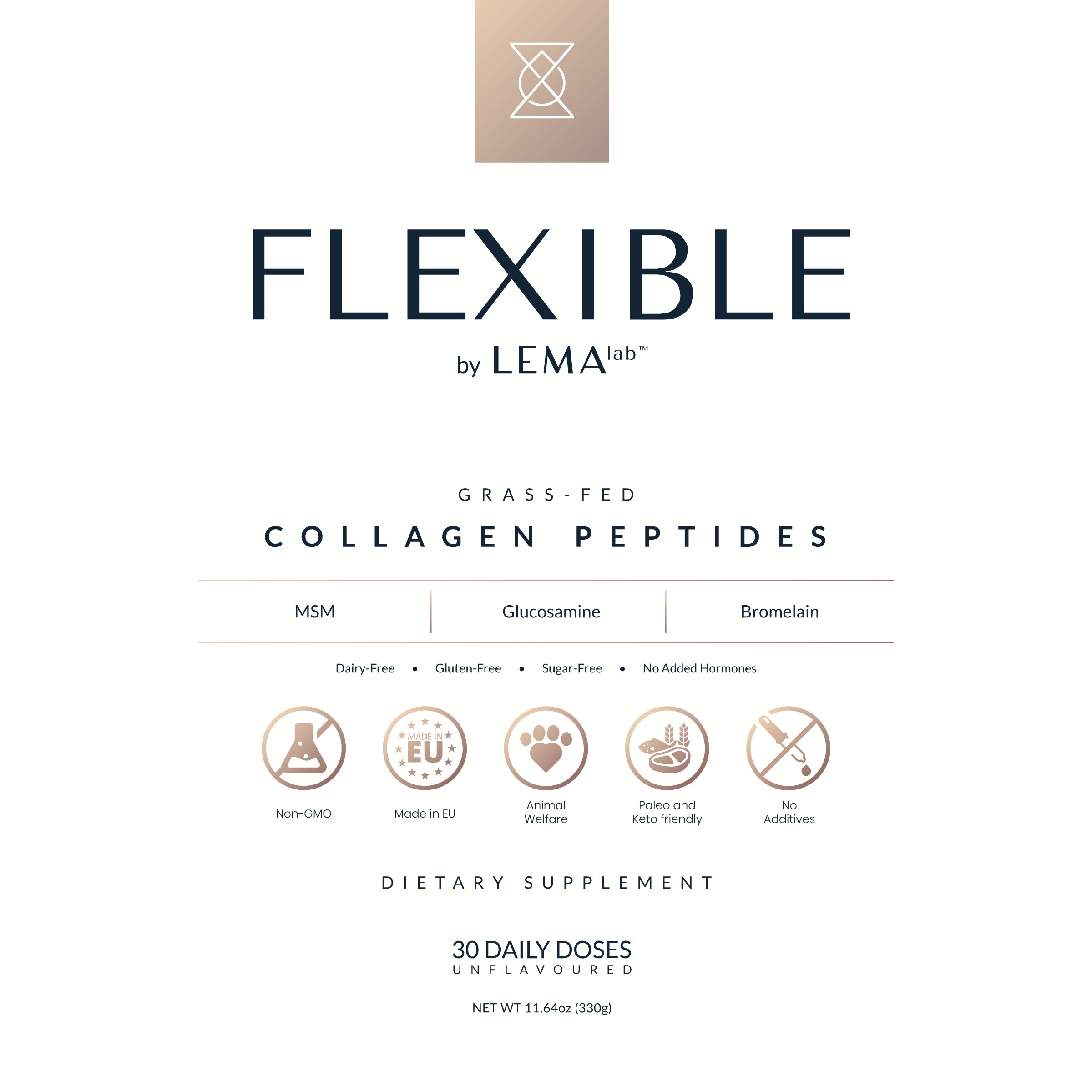
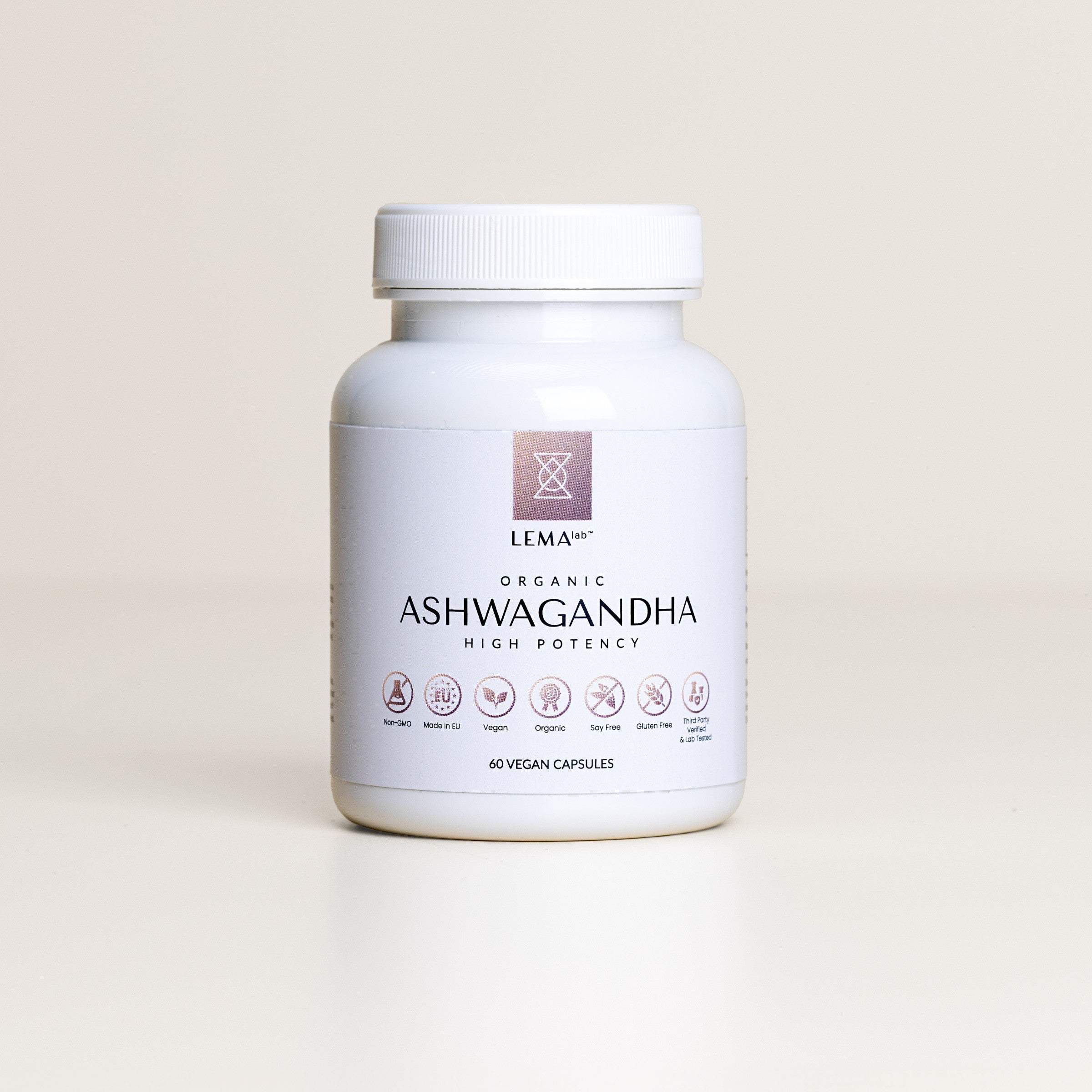

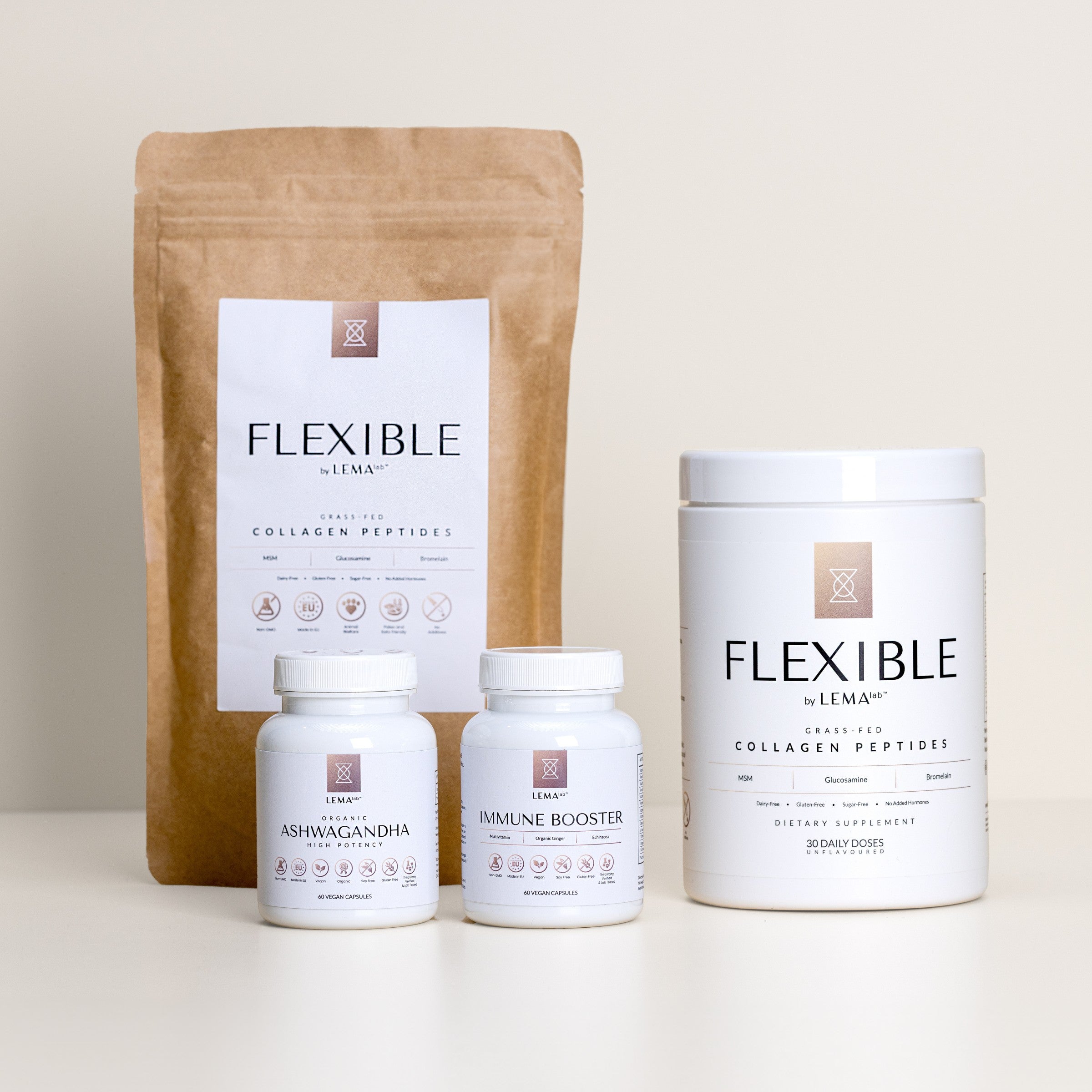
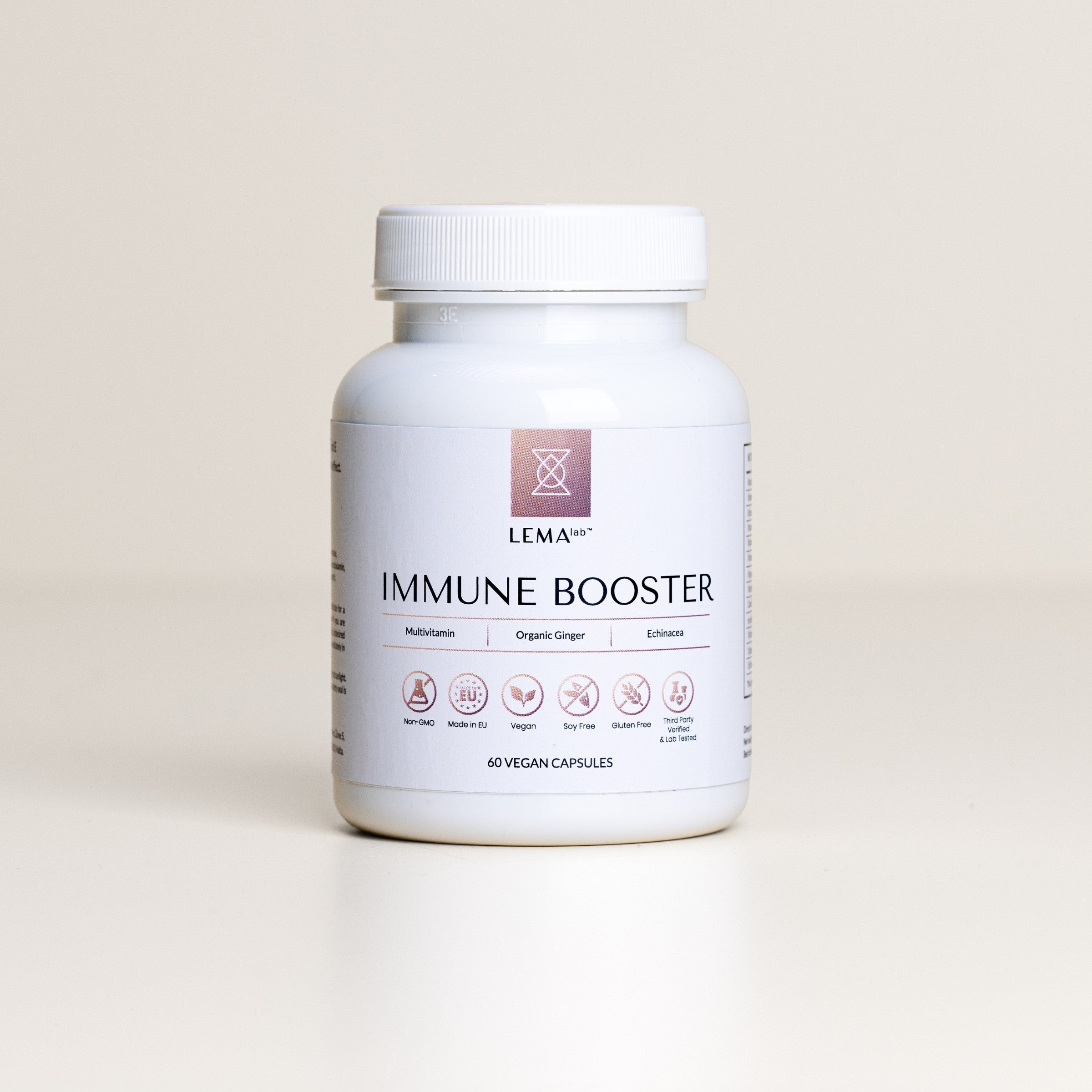
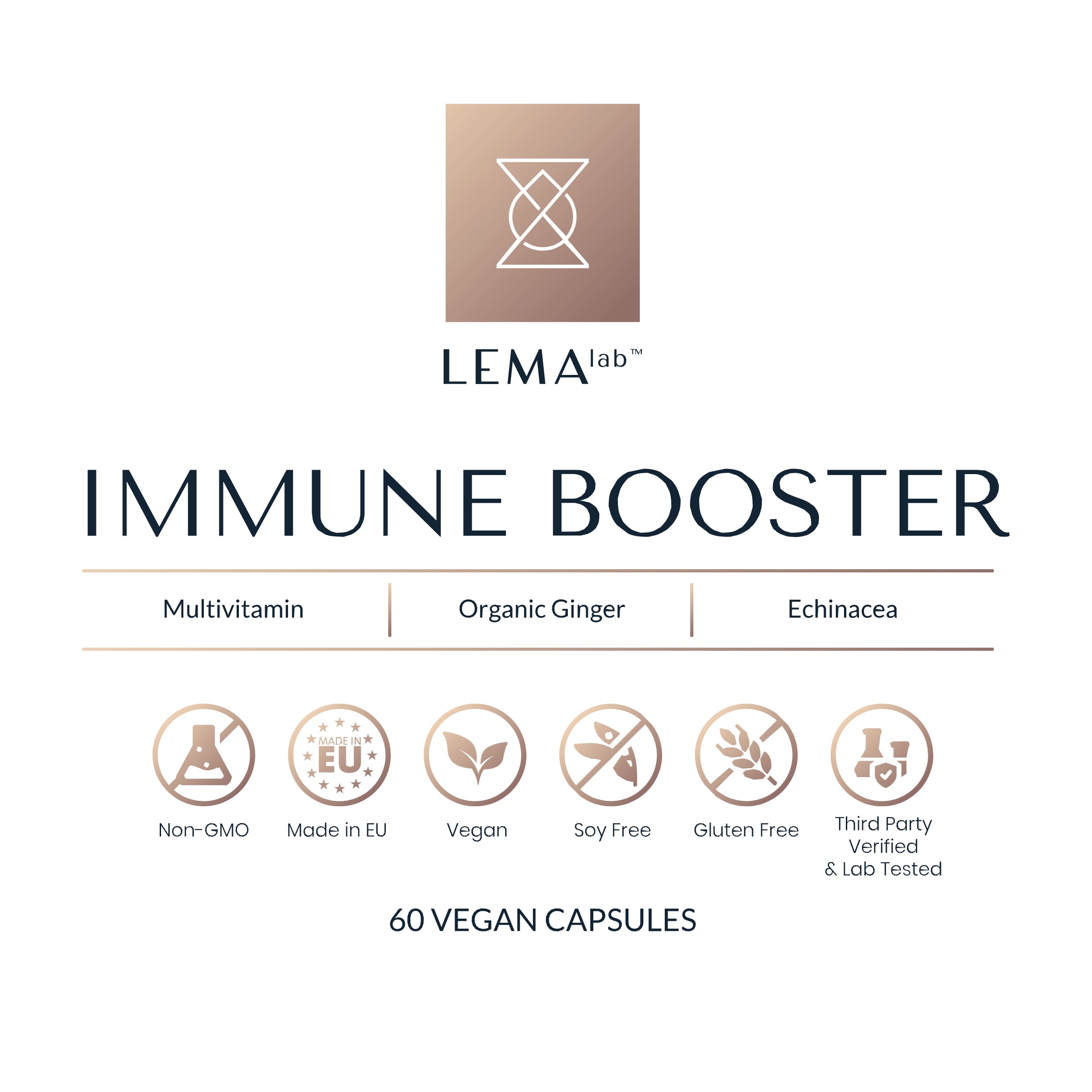
Leave a comment
This site is protected by hCaptcha and the hCaptcha Privacy Policy and Terms of Service apply.